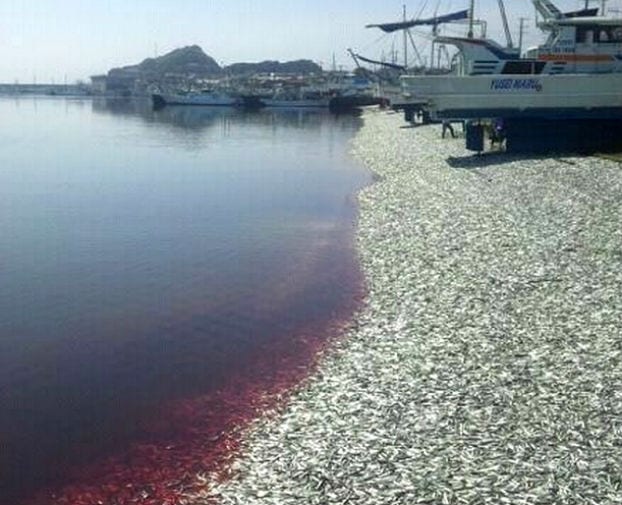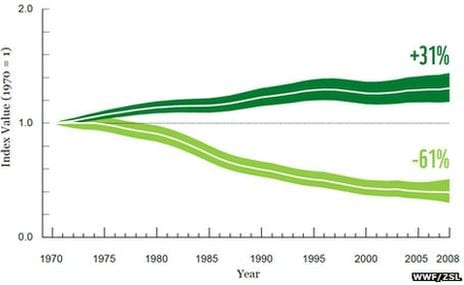Plastic Shores Trailer
A non-profit educational film about the effects of plastic debris on our marine ecosystem
In the year 2010 global plastic production reached 300 million tonnes. A third of this was used in disposable packaging. In the United Kingdom, 3 million tonnes of plastic are thrown away every year, 1% of the total amount of all plastic manufactured on the planet.
But what happens to this plastic when it is thrown away? Most of it makes its way to landfill. Some goes to recycling or incineration. The rest escapes into our environment, and to the world’s oceans…and nobody knows how long it will stay there. Estimates range from decades to hundreds of thousands of years.
‘Plastic Shores’ is a documentary that explores how plastic affects the marine environment. Travelling from the International Marine Debris Conference in Hawai’i to the polluted Blue Flag beaches of Cornwall, the film reveals just how bad the problem of plastic debris is and how it harms aquatic life. There is now not a single beach or sea in the world that is not affected by plastic pollution and the problem is only increasing.
Plastic Shores Trailer Read More »

